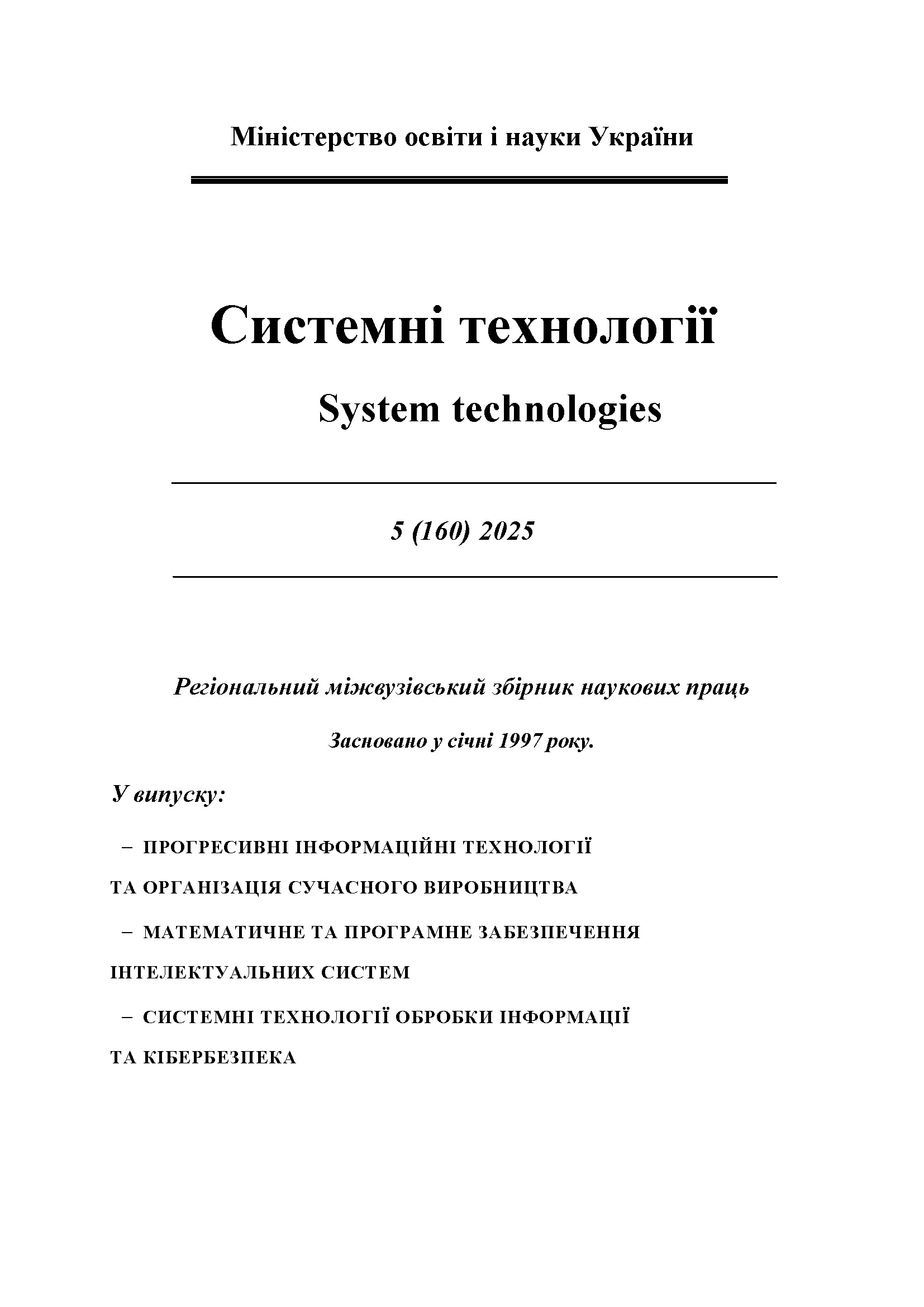Experimental studies of a combined impulse-vibration installation
DOI:
https://doi.org/10.34185/1562-9945-5-160-2025-19Keywords:
polystyrene concrete, impulse-vibration compaction, combined oscillations, laboratory setup, loading device, compressive strength, gap, compaction duration, experiment, response surfaceAbstract
The article presents the results of experimental studies on the compaction process of polystyrene concrete mixture using a specially developed combined impulse-vibration installation. The relevance of the research is due to the need to increase the density and compressive strength of lightweight concrete products by improving the compaction technology. The aim of the study is to determine the effective compaction parameters (gap between frames, mass of the loading device, and duration of action) and to evaluate the influence of horizontal vibrations on the strength of the products. The research methods included experimental design, physical modeling, and analysis of results using response surface methodology. It was found that the use of combined loading allows for an increase in compressive strength by 5–7% compared to traditional impulse compaction. The obtained results can be used to optimize technological parameters for the production of wall elements made of polystyrene concrete.
References
Nazarenko, I. I. (2010). Prykladni zadachi teorii vibratsiinykh system [Applied Problems of the Theory of Vibrating Systems] (2nd ed.). Kyiv: Vydavnychyi Dim “Slovo”.
Maslov, O., & Savielov, D. (2020). Theoretical definition of the law of motion for mobile frame of a vibrating platform with polymer concrete when compacting it. Transactions of Kremenchuk Mykhailo Ostrohradskyi National University, (4), 84–90. https://doi.org/10.30929/1995-0519.2020.4.84-90
Nazarenko, I., Diedov, O., & Diachenko, O. (2019). Obgruntuvannia alhorytmu rozrakhunku vibratsiinoi ustanovky dlia ushchilnennia betonnykh sumishei zi zminnym rezhymom roboty [Justification of the Calculation Algorithm for a Vibration Installation for Compaction of Concrete Mixtures with a Variable Operating Mode]. Hirnychi, budivelni, dorozhni ta melioratyvni mashyny – Mining, Construction, Road and Reclamation Machines, (93), 19–26.
Nazarenko, I. I., & Diachenko, O. S. (2018). Eksperymentalni doslidzhennia robochoho protsesu vibratsiinoi ustanovky dlia ushchilnennia betonnykh sumishei zi zminnym rezhymom roboty [Experimental Studies of the Vibration Installation Operating Process for Compaction of Concrete Mixtures with a Variable Mode]. Hirnychi, budivelni, dorozhni ta melioratyvni mashyny – Mining, Construction, Road and Reclamation Machines, (92), 24–31.
Nesterenko, M. M., & Vedmid, V. V. (2025). Movement of air voids in lightweight concrete mixtures during vibration compaction. System Technologies, 3(158), 201–208. https://doi.org/10.34185/1562-9945-3-158-2025-20
Nesterenko, M., Maslov, A., & Salenko, J. (2018). Investigation of vibration machine interaction with compacted concrete mixture. International Journal of Engineering and Technology, 7(3.2), 260–264. https://doi.org/10.14419/ijet.v7i3.2.14416
Cherevko, O. M., Davydenko, Yu. O., & Cherevko, P. O. (2010). Vplyv parametriv vibratsii na protses ushchilnennia betonnykh sumishei [Influence of Vibration Parameters on the Process of Concrete Mixture Compaction]. In Zbirnyk naukovykh prats (Haluzeve mashynobuduvannia, budivnytstvo) – Collected Scientific Works (Industrial Engineering, Construction) (Vol. 26, pp. 138–146). Poltava: PoltNTU.
Pichuhin, S. F., & Nesterenko, M. M. (2013). Doslidzhennia rezhymiv ushchilnennia lehkobetonnykh sumishei na udarno-vibratsiinii ustanovtsi metodom matematychnoho planuvannia eksperymentu [Investigation of Compaction Modes of Lightweight Concrete Mixtures on a Impact-Vibrational Installation by the Method of Mathematical Experiment Planning]. Zbirnyk naukovykh prats (Haluzeve mashynobuduvannia, budivnytstvo) – Collected Scientific Works (Industrial Engineering, Construction), 1(36), Part 1, 183–190.
Downloads
Published
Issue
Section
License
Copyright (c) 2025 System technologies

This work is licensed under a Creative Commons Attribution 4.0 International License.















